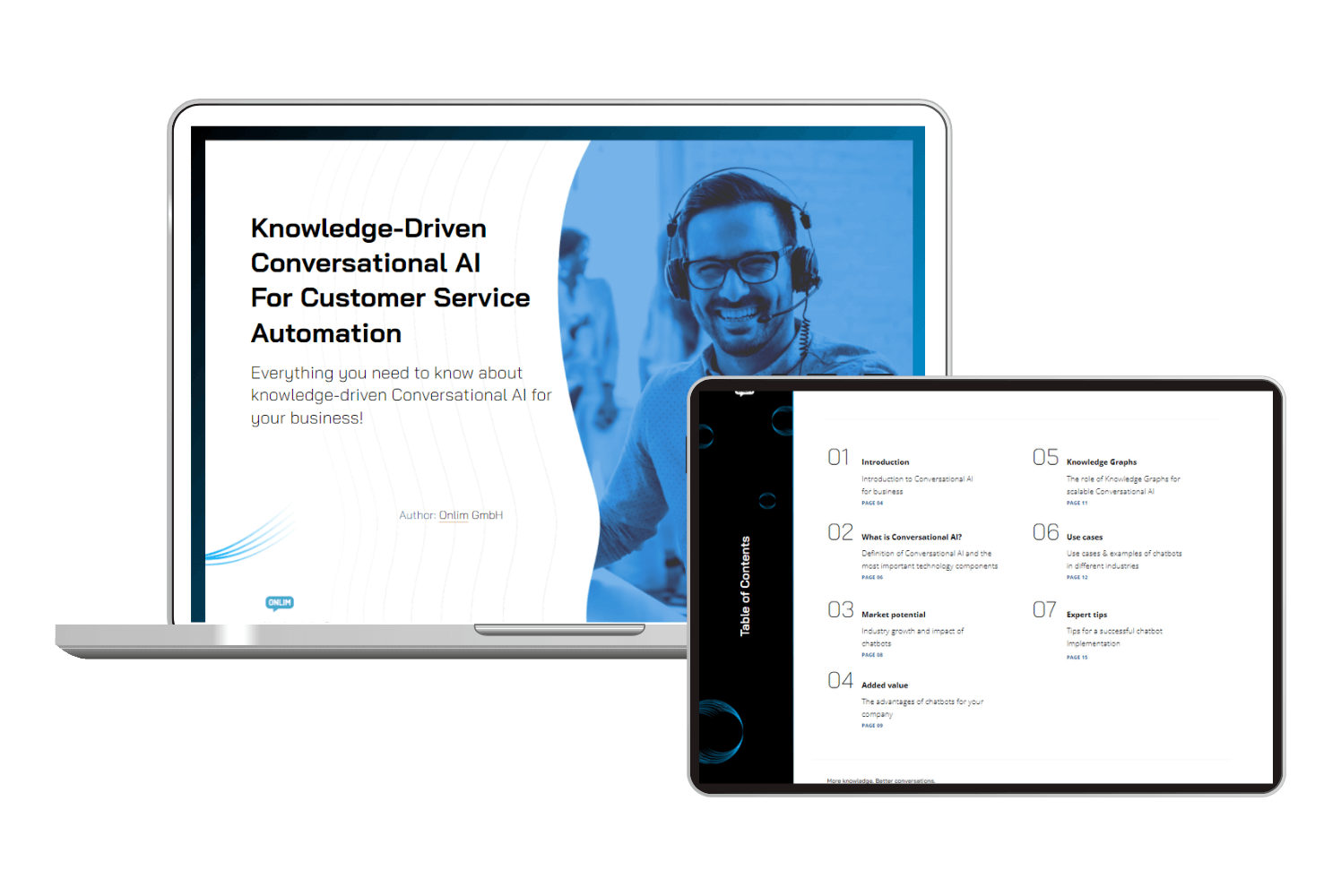What are Large Language Models (LLMs)?
Large Language Models
If you are wondering why ChatGPT works so well, you need to look at the topic of Large Language Models (LLMs). Large Language Models have caused quite a stir in recent years. This impressive technology has revolutionised the way we interact with computers.
By training with huge data sets, Large Language Models are able to generate human-like text, solve complex problems and even produce creative works. Read more and learn how to define large language models, how they work, how they are trained and how a large language model can transform chatbots into a human-like conversation.
What are Large Language Models

A large language model is a deep learning algorithm that can perform a wide range of natural language processing (NLP) tasks. These models are particularly notable because they are trained with large data sets and are able to recognise, translate, predict or generate text using transformation models. These models, also known as neural networks, are inspired by the structure of the human brain. They consist of a network of nodes that are arranged in layers similar to neurons.
Similar to the human learning process, large language models must first be pre-trained and then fine-tuned to solve specific problems such as text classification, question answering, document summarisation and text generation. Their problem-solving capabilities are used in various industries such as manufacturing, utilities, tourism, finance, tourism, health as well as media and publishing, where they support a variety of NLP applications such as chatbots, voicebots and email automation.
In addition, large language models have a large number of parameters that act as a kind of memory by being collected during training. These parameters represent the model’s knowledge database.
How do Large Language Models work

Training Large Language Models
A large language model is based on a transformation model. In a nutshell: the large language model receives an input, encodes and decodes it in order to generate an output prediction. However, before a large language model can receive text input and generate an output prediction, it must be trained. The training process for large language models involves pre-training, prompts and fine-tuning:
Pre-training: Large language models are trained using large data sets from websites such as Wikipedia, GitHub or others. These data sets consist of trillions of words. The quality of the large language model depends on the quality of the data sets. In the training phase, the large language model performs unsupervised learning. Unsupervised learning means that the large language model processes the data records fed to it without specific instructions. In the process, the large language model learns to understand the meaning, relationships and contexts of words.
Prompts & fine-tuning: After pre-training, the large language model can be trained more specifically for a task. Such a task can be, for example, the translation of text. See unsupervised learning and reinforced learning.
Chatbot LLM

So how can a company benefit from the LLM? For example, by integrating the LLM into the company chatbot. Chatbot providers often offer this integration as a function so that users receive answers based on the information in the LLM. However, this should be treated with caution. The chatbot can answer all kinds of questions. However, the chatbot accesses the LLM data to answer the questions and not secure, internal company data. This means that the company no longer has control over which answers are given, as it does not know the LLM training data. This can lead to the company chatbot reproducing preconceptions of the LLM training data.
Our chatbots therefore use LLMs differently. The best large language models, such as the Chat GPT language model, have by far the best language comprehension. We therefore use the NLU of the LLM to ensure the best language quality for our customers. We use RAG technology so that our customers have control over the chatbot’s responses. This guarantees that only company-internal and secure data is used to answer the questions. This means you benefit from exceptional language quality and can still be sure that the chatbot only uses secure information and data from within the company and only passes this on to the user in the conversations.
Knowledge-Driven Conversational AI For Customer Service Automation

Retrieval Augmented Generation (RAG)
July 10th, 2024|
Is a voicebot right for my company?
June 18th, 2024|
What is Generative AI?
June 11th, 2024|



